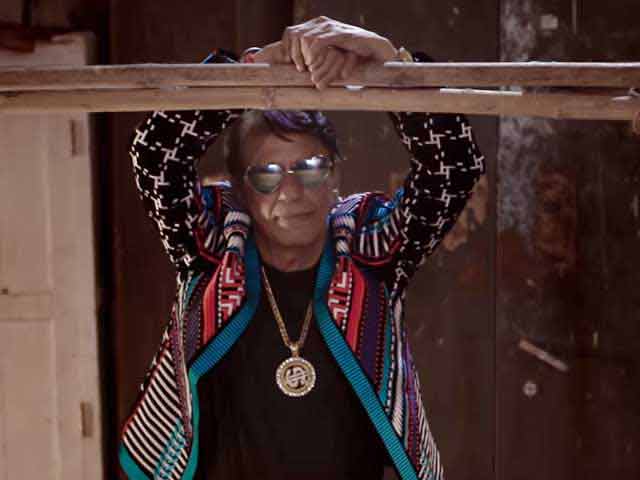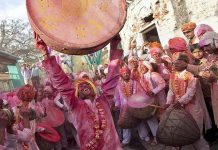Most of us are familiar with the traditional instruments like the guitar, piano or violin. But there are many more musical instruments that you might have never of or seen. Here is a list of some of the most unusual musical instruments in the world:
Glass Harmonica
 (Image Credit; Youtube)
(Image Credit; Youtube)
A musical instrument made of a series of glass bowls, graduating in size to produce a wide range of musical tones. It’s also known as a bowl organ, hydrocrystalophone or armonica.
Pikasso Guitar
 (Image Credit; kenwilsonelt.files.wordpress)
(Image Credit; kenwilsonelt.files.wordpress)
This instrument’s name is derived from artist Pablo Picasso’s cubist works. The Pikasso Guitar has four necks, 42 strings. two sound holes and is basically a harp guitar.
Hydraulophone
 (Image Credit; en.wikipedia.org)
(Image Credit; en.wikipedia.org)
A water-powered instrument, it starts producing sound only when water is forced through a calibrated pipe when the musician covers one or more of the water jets.
Branching Corrugahorn
 (Image Credit: barthopkin)
(Image Credit: barthopkin)
This musical instrument is made from flexible corrugated pipe found in pulmonary care ward of a hospital! Watch video here
Contrabass Balalaika
 (Image Credit; Youtube)
(Image Credit; Youtube)
A Russian folk instrument the contrabass balalaika is an unusual looking instrument because it has a triangular body. It’s a stringed instrument and it comes in various sizes and is equipped with extension legs resting on the floor, It can be played with a leather plectrum or bare fingers.
Singing Ringing Tree
 (Image Credit; cdn.zmescience)
(Image Credit; cdn.zmescience)
The Singing Ringing Tree is a musical instrument that is made of steel pipes of various lengths and orientations.
Cajon
 (Image Credit; thecajondrumshop)
(Image Credit; thecajondrumshop)
This wooden boxed instrument is used as a percussion instrument. One side of the instrument has a sound hole while the other is made of thin plywood. It was originally developed in Peru by African slaves.














